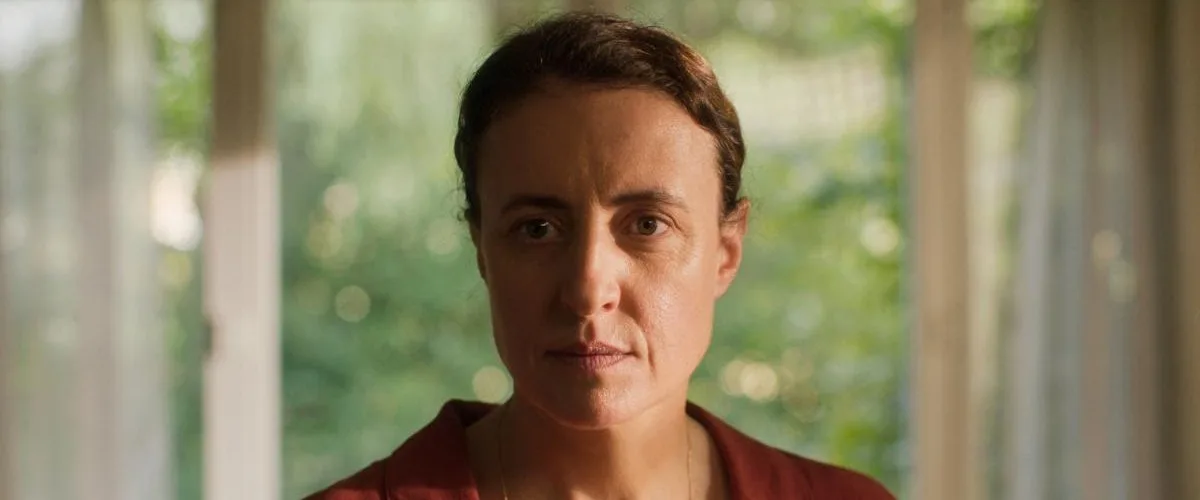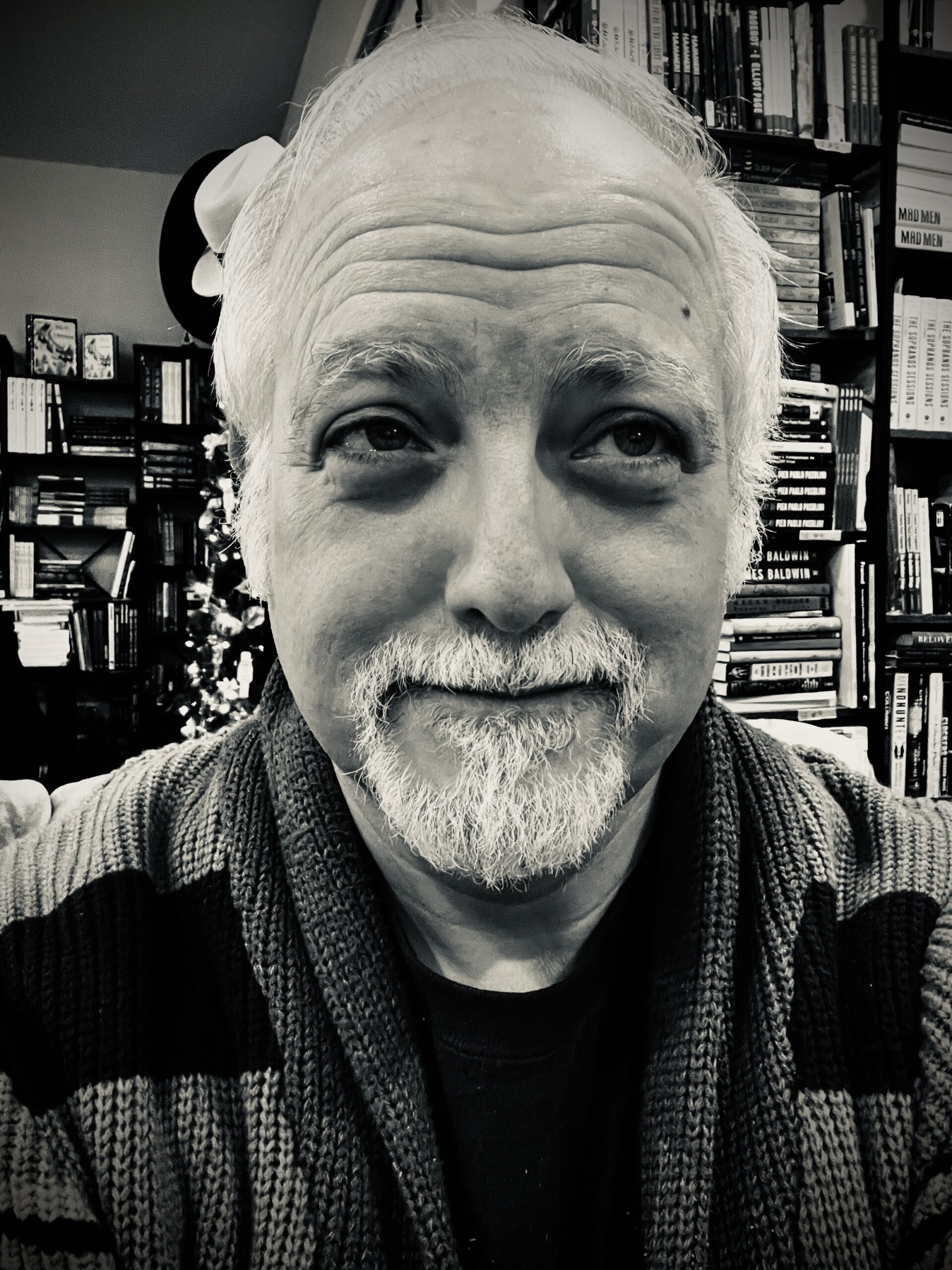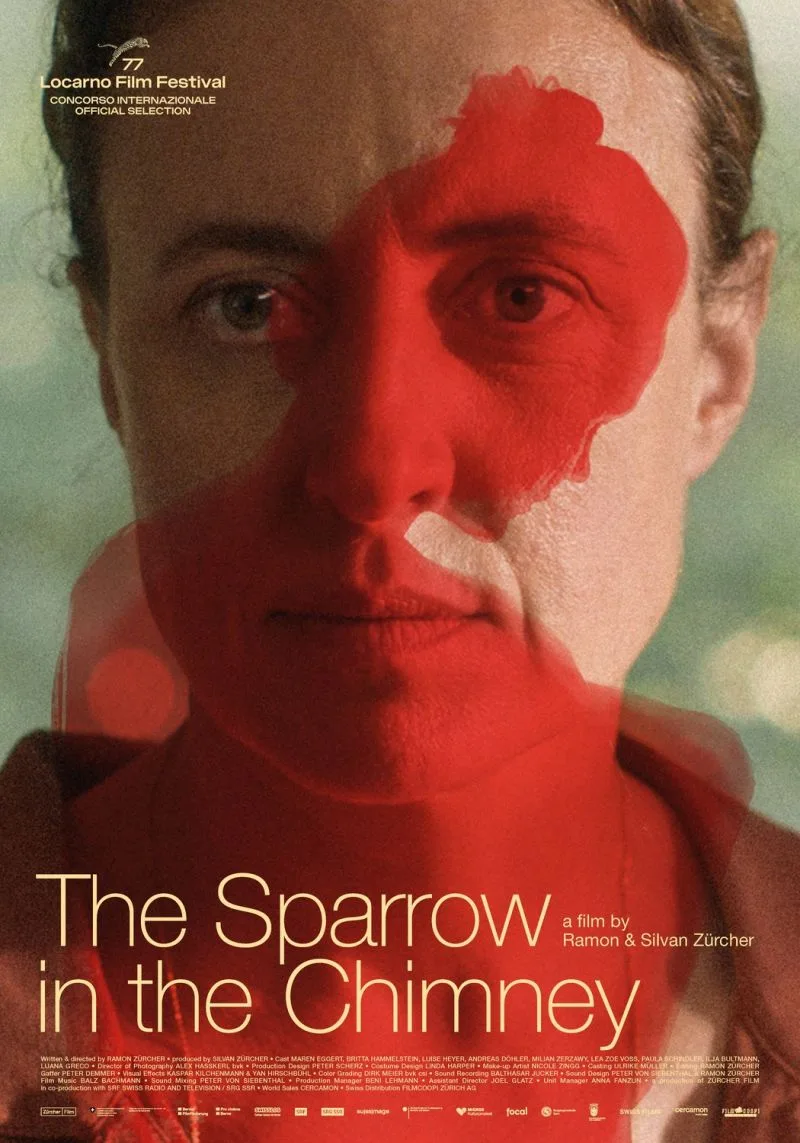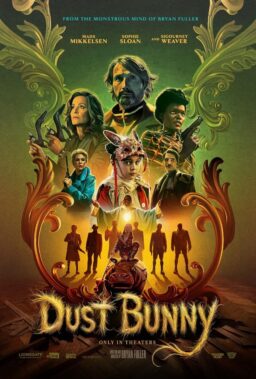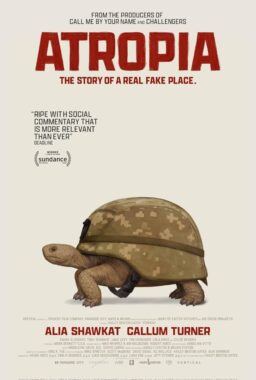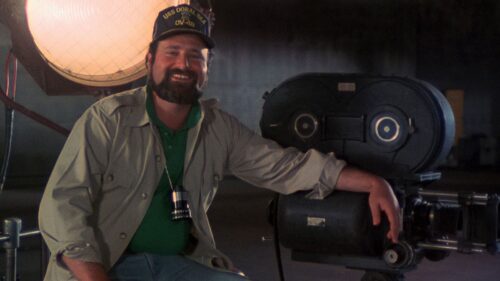Imagine one of those bittersweet dramas about a gathering in a country house to celebrate some milestone, wherein family members and significant others confront hard truths and reveal upsetting secrets. Now imagine that as a horror movie.
That’s “The Sparrow in the Chimney,” the new movie from the sibling filmmaking team of Ramon and Silvan Zürcher (Ramon directed, wrote, and edited this one, with Silvan serving as producer). It’s the third panel in a triptych of arty dysfunctional family studies that began with “The Strange Kitten” and continued with “The Girl and the Spider.” My colleague Glenn Kenny wrote that the latter movie “toggles between neutrality and mystification.” That’s an apt summary of the overall feeling here as well, although I liked this one far less than he did “The Girl and the Spider.” The movie appears to be attempting to create a parable or sociological chamber piece about archetypal characters representing different aspects of “the family” as an institution. But I came away feeling like I’d seen a movie about a group of people who are all suffering, to some extent, from severe, undiagnosed mental illness, and wondering why the filmmakers downplayed or obstructed that reading.
At the center of the drama are two sisters. The elder, Karen (Maren Eggert), lives in a beautiful if rundown country estate with her husband, Markus (Andreas Döhler), and their many children. Karen’s younger sister, Julie (Britta Hammelstein), and her husband, Jurek (Milian Zerzawy), are en route with their kids. The place once belonged to their late parents. Father died a while ago, mother recently. The gathering is pegged to Markus’ birthday, but in time, this begins to feel more like an official justification for a convergence everyone knows had to happen sooner or later. There’s also a beautiful young woman named Liv (Luis Heyer) who seems either incredibly private or deeply traumatized. She lives in a small cabin on the property and contributes childcare and, you could say, other services.
The couple’s middle daughter Johanna (Lea Zoe Voss) is a maybe-15 year old whose energy is that of a fully adult femme fatale in a psychosexual thriller, complete with suggestive actions and dialogue peppered with blatantly smutty double-entendres. Johanna’s older sister, Christina (Paula Schindler), is on her way home from college but hasn’t arrived yet. We sense early on that she’s troubled, and when she finally arrives (late) to the gathering, we understand why. Johanna hates Christina, but then, she hates almost everyone, or at least pretends to. There’s also a middle-school-aged brother named Leon (Lya Bultmann), a budding chef who cooks the family’s meals but never seems to eat, and who is the frequent target of local bullies. You know Leon’s not wired right when he sticks a metal-rimmed dish in the microwave to create a little fireworks display.
Johanna likes to tell outrageous lies with a straight face, but the family has so many dark secrets that you can’t immediately tell when she’s speaking the truth. She says her sister Christine always had stomach pains, and it was eventually determined that they came from a “dead twin sister” who had “fused with her intestines like a fist, an angry little fist.” She says Liv is staying with them following a stay in a mental hospital, after having burned down her ex’s house. “Don’t think I’ll spare you just because you’re crippled,” Karen tells Johanna. “Don’t think I love you just because you’re my mother,” Johanna replies. Johanna is the least believable character in the movie. Her pain and the circumstances that caused it are all too recognizable, but the way she’s written makes her sound like a conniving and wicked temptress in a modern noir made by people who think noir is only about attitude.
From the start of the tale, it is clear that Karen is disturbed in a way that goes beyond the garden-variety grief over the loss of one’s parents. She stares off into the middle distance most of the time and addresses her husband and children with a tone of voice that suggests she’s lost in thought, even when she has everyone’s full attention. It’s a whispery, almost incantatory tone of voice that will be familiar to fans of Ingmar Bergman, admittedly a significant influence on the filmmakers, but in such a way that you have to wonder if they came away fixated on the more superficial characteristics, like the blocking, the way people move and speak, and the slightly stagey (not in a bad way!) manner of shooting intimate conversations.
Julie initially seems less troubled than Karen; cheerful, even. We find out that’s just how she presents herself. Karen and Julie were profoundly traumatized by their parents’, er, issues, which are presented here in a vague and even coy way but are clearly signs of mental illness (a suicide figures prominently in the story). The aftershocks of the sisters’ dark childhoods continue to resonate in their minds and affect their partners and children. Plot elements are planted fairly early that pop up later, like Markus sleeping in the basement of the house instead of in his wife’s bed.
Things start to get really weird really fast—weirder than the microwave thing, which comes back around later. Nearly everyone speaks bluntly and often belligerently to each other, though in a conversational tone. “Christina’s favorite biscuits,” says Johanna, noting their presence in the family kitchen, then adds, “I hope she chokes on them.” People say they hate each other quite often, and it’s a throwaway, a thing that seems to be uttered routinely during a typical day. The dialogue is often like that. It’s nearly an embodiment of that popular meme from “Garth Merenghi’s Darkplace”: “I know writers who use subtext, and they’re all cowards.” You get so used to it that when one character says, “You’re a monster,” you expect the other to reply, “No, the monster is you,” and yep, that’s the reply.
There’s a neighbor across the road named Konrad who slaughters their chickens for them. There’s a literal chicken bloodbath early in the movie, as the birthday gathering is ramping up. A spray of blood hits Julie in the face. She doesn’t seem surprised or even grossed out by this. There’s a lot of animal cruelty in the movie, just so you know. One could justify this on metaphoric grounds: e.g., the sparrow trapped in the chimney embodies the various characters’ desires to escape the prisons of their pasts, which is also embodied by Mom’s house. But I’m not convinced that even a houseful of the most disturbed (or—if you want to look through another kind of prism—evil) people would respond to a specific animal death in the blithe way they do here. At least the various insects in the movie, including butterflies, fireflies, and caterpillars, get spared.
It’s impossible to deny that the Zürcher creates a powerful mood and sustains it, or that the movie is filled with striking and often terrifying visuals, including one in a seemingly hallucinated sequence that’s among the most revolting things I’ve ever seen. However, it starts to feel as if the movie began with those images and was then reverse-engineered to justify them. Much of this film appears to have been created primarily for effect, providing critics and moviegoers with something to debate. That’s fine as a starting point, but when it’s carried out over two hours, it feels contrived and empty.
“The Sparrow in the Chimney” has gotten mostly rapturous reviews so far, but I’m happy to be an outlier. There is an underlying obliviousness that taints even moments of truth, plus a consistent undercurrent of sadism. These characters are just fictional constructs, but their treatment still feels inhumane. It’s hard to shake the feeling that the film is just sticking them in various microwaves to watch sparks fly. It’s a disturbing, sometimes beautiful film that, by the end, is disquieting for all the wrong reasons.

